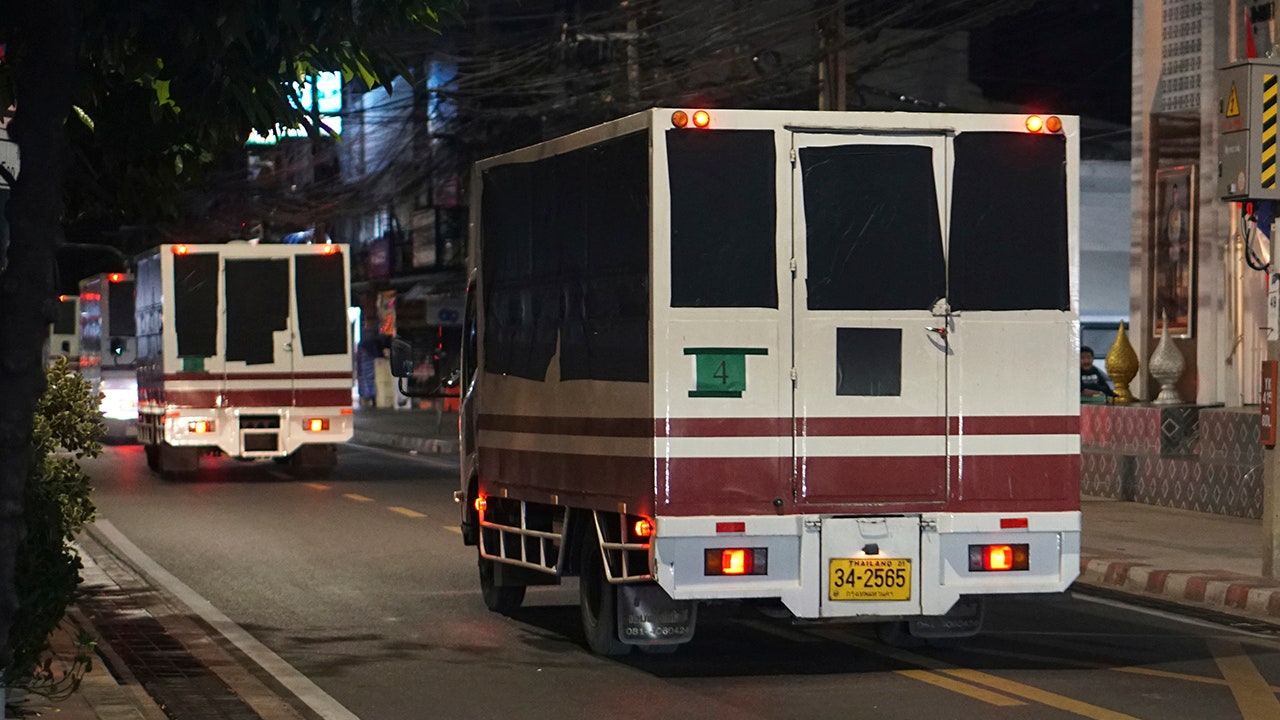Bangladesh is a land of water. Its muddy rivers flow down from the Himalayas, cascading into an intricate maze of ponds, wetlands and tributaries before emptying into the stormy black Bay of Bengal.
The greatest threat now is water in its many terrible forms: drought, flood, hurricanes, salt water. All are being exacerbated to varying degrees by climate change, and all are forcing millions of people to do whatever it takes to defy it.
This matters to the rest of the world, because what awaits the 170 million people of this crowded, low-lying delta nation today is what many of us will experience tomorrow.
Bangladeshi people rush to harvest rice as soon as they hear about heavy rains upstream. They build floating beds of water hyacinth to grow vegetables out of reach of floods. Where shrimp farms have made the soil too salty to grow crops, they grow okra and tomatoes not in soil but in compost, stuffed into plastic boxes that shrimp were once transported in. Where the land itself is washed away, people have to move to other villages and towns. And where they even run out of drinking water, they learn to drink every drop of rain.
Saber Hossain Chowdhury, an MP for the ruling party and the prime minister’s climate commissioner, likened his country’s efforts to plugging a leaking keg. “It’s like having a drum with seven holes and two hands,” he said. “How are you? It’s not an easy thing.”
Bangladesh has managed to save lives during cyclones and floods. But there are a whole host of other challenges that need to be addressed simultaneously: finding new sources of drinking water for millions of people along the coast, expanding crop insurance, preparing cities for the inevitable influx of rural migrants, and even maintaining good relationships with share weather data with neighboring countries.
And all with little help from the rich countries of the world. In countries like Bangladesh, there is growing frustration that wealthy nations do not have the resources developing countries need to adapt to the dangers they already face. It’s a theme of Paris climate finance summit this week.
Half of Bangladesh’s 64 districts are considered vulnerable to climate change.
An early warning system
In mid-April, Rakibul Alam, an agricultural adviser in the northern lowlands, received a warning from his boss in the nearest city, Sunamganj, who had himself been warned by his superiors in the capital, Dhaka.
Mr Alam was told there could be heavy rains in north-east India in a few weeks, causing flooding across the border and inundating fields in his area just as the rice was ripe.
He knew he had to convince the local farmers to get as much rice as possible from the fields as quickly as possible. And that meant helping them overcome a psychological hurdle. Even in an area prone to flash floods, farmers want to squeeze as much rice as possible from their tiny plots. “They want to wait until the grain is 100 percent ripe to get the best yield,” Mr Alam said.
He knew the wait this year could be disastrous.
Mr Alam turned to his local networks. Calls and text messages were sent to the leaders of the farmers’ unions. Volunteers went from village to village with megaphones. Imams used loudspeakers in their mosques. The message was clear: flash floods could be on the way, harvest the rice that is almost ready, don’t wait.
To Mr Alam’s relief, the farmers took the warning to heart. They worked continuously, even during the Eid al-Fitr holiday. By April 25 almost all fields had been cleared.
Luckily the rains didn’t fall heavily this time and there were no flash floods – but the crops remained protected.
It was sort of a dry run for something that could become more common as climate change intensifies rainfall and increases the risk of flash floods in these lowlands. It was also an extension of the early warning system deployed to get people out of harm’s way when a cyclone approaches the coast. This time it was used to save a crop.
For its part, the government has an ambitious national adjustment plan with expensive projects such as dredging mud rivers and building dams to hold back the sea.
Much of this has yet to materialize, however, and critics say there is plenty of potential for mismanagement and corruption in large infrastructure projects. “The climate vulnerability is there,” said Zakir Hossain Khan, who analyzes climate finance for a local nonprofit group called the Change Initiative. “There is also a vulnerability to corruption.”
Floating gardens and tiger tracks
What to do when the rivers swell and flood your crops?
If you are Shakti Kirtanya, grow your plants on the water. When the water rises, so do they. They float and swing. “When you see the harvest, it will fill your heart with joy,” he said.
Mr. Kirtanya learned this agricultural technique from his father, who learned it from his father. In its low-lying Gopalganj district, where the land is usually flooded half the year, it has been practiced for 200 years.
Now that climate change is spreading the risk of flooding to many other areas, Gopalganj’s floating gardens are expanding. In the past five years, the government has supported floating gardens in 24 of the country’s 64 counties.
Lord Kirtanya uses what he has. He cuts the stalks of water hyacinths in the lake near his home, lets the bunch simmer in the sun, and uses them to form long, wide seedbeds on the water. In summer he sows watermelon and amaranth, in winter cabbage and cauliflower. The garden is a source of income for his family and a source of fresh produce grown without chemicals.
“It doesn’t matter if it rains late or early,” said Mr. Kirtanya. “It doesn’t hurt in the heat either.”
There is a threat. Seawater penetrates further inland. Partly it is due to the rise in sea levels, which increases the tides. Part of the reason is that rivers have been dammed upstream and not enough fresh water is flowing downstream. Part of the reason is that too much groundwater is sucked in.
Mr. Kirtanya saw a glimpse of a salty future last year. Leaves turned red. Plants became brittle.
That salty future already exists in the 3,860-square-mile mangrove forest, the Sundarbans, on the edge of the Bay of Bengal.
The forest is the country’s most important protection against storm surges. The roots of the sundari, the species of mangrove for which the forest is named, stick out of the mud like fingers of the dead. Tigers leave their tracks in the ground.
Today the almost unthinkable is happening. The water becomes too salty for the Sundari. They die. Other mangrove species are taking over. The landscape changes. Probably forever.
“I don’t think the Sundari will come back unless the salinity goes down,” said Nazrul Islam, the son of a forest official who grew up in the area and now conducts river tours in the forest. “And I don’t see any possibility of the salinity going down.”
Catch the rain
Sheela Biswas faces the salinity crisis every day. Salt has seeped into the canals and ponds that their village depends on for drinking and washing. An estimated 30 million people living on the coast face the problem of saltwater intrusion to varying degrees. The area where Ms Biswas lives has been hit the hardest.
It wasn’t like that when she came as a bride 30 years ago. Back then, most people ate rice that they grew on their land. They drank water that they collected in their pond.
Then came the “white gold”, the shrimp. Shrimp farms are expanding. People let salt water in from the river through a canal, so salt water also spread. Mrs Biswas’s pond became too salty to drink.
First she hired a cart to buy water. Then she turned to a neighbor who was building an underground tank to collect rainwater. She invented her own rainwater harvesting system with what she had at home, assembling plastic pipes to direct rainwater from her tin roof, through a fishing net and into earthenware vessels. She was still having to bathe in her salt pond, which resulted in a rash, a common complaint in the area. Doctors say the number of hypertensive patients is also high; They suspect that their patients are inadvertently consuming too much salt.
The latest solution to Ms Biswas’ problem was a pink 2,000 liter plastic water tank, which is about 530 gallons, with a filter on top. Standing in their yard, it collects the monsoon rains, one of nearly 4,000 such tanks that have been distributed over the past three years by a development organization, BRAC, that helps the poor.
Shrimp are no longer white gold. Intensive shrimp production has brought new risks, including diseases, which eat into profits. Some of their neighbors have started closing their shrimp ponds, filling them with sand and waiting for the rain to wash away the salt underneath.
That is rare. Most people here have very little land and cannot afford to let it sit fallow to recover. You are stuck. “They can’t rely on shrimp and they can’t change,” Ms Biswas said.
Even if this were to happen, sea-level rise, combined with land subsidence for other reasons, threatens to exacerbate the danger from salt in the water. If the land is sinking, even a small rise in sea level is very dangerous. Sometimes embankments collapse as tidal waves become stronger and stronger.
Like Ms Biswas, people on the south west coast have tried everything they could to get drinking water.
Some entrepreneurs sell water that they desalinate in their homes using small reverse osmosis units, but this ends up leaking salty slime into nearby ponds. Some people move to the bustling port city of Mongla, but even there fresh water is scarce.
Further south, where the soil is too salty to grow crops, women have started growing vegetables in pots filled with compost and manure. Or they have turned empty rice sacks into planters, even plastic boxes, that shrimp were once brought to market in.
Their shoddy efforts to secure the most basic human needs, food and water, provide a glimpse into the epic struggle of hundreds of millions of people trying to cope with climate risks every day.
The money for adaptation, $29 billion for all developing countries in 2020, is a small fraction of what is needed: at least $160 billion per year, according to United Nations estimates. This explains the anger of leading politicians in developing countries at international climate policy.
Unless global emissions are quickly and drastically reduced, there is little Bangladesh can do to stay above ground, lawmakers Chowdhury said. “Whatever we do, it will not be enough,” he said.
Julfikar Ali Manik contributed to reporting from Bangladesh.





